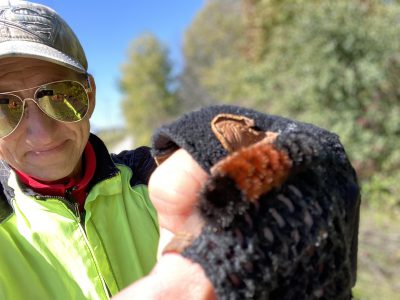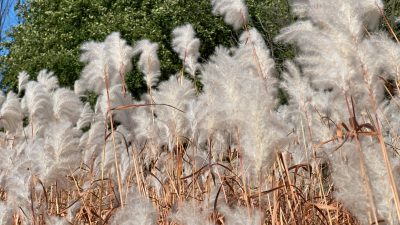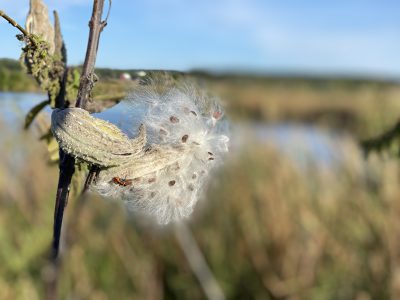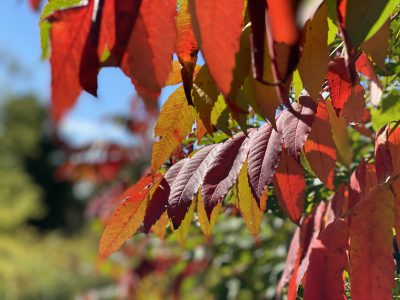October 6, 2020 – Washington Co., WI – As overnight frost warnings become more frequent and folks dig out hoodies, sweaters and flannel sheets there is a reoccuring debate about the significance of the woolly caterpillar.
Can the rust-colored and black bands on the woolly caterpillar offer a prediction on what type of winter is ahead.
According to the Farmer’s Almanac legend has it:
“The wider the rusty brown sections (or the more brown segments there are), the milder the coming winter will be. The more black there is, the more severe the winter.”

A couple of interesting notes about the woolly caterpillar from Catherine Boeckmann at the Farmer’s Almanac:
- Woolly bears, like other caterpillars, hatch during warm weather from eggs laid by a female moth.
- Mature woolly bears search for overwintering sites under bark or inside cavities of rocks or logs. (That’s why you see so many of them crossing roads and sidewalks in the fall.)
- When spring arrives, woolly bears spin fuzzy cocoons and transform inside them into full-grown moths.
Click HERE to read the rest of the article.
There’s also another thought that the number of acorns in the fall could mean a strong winter. What sort of signs are you seeing with regard to the change in seasons?











